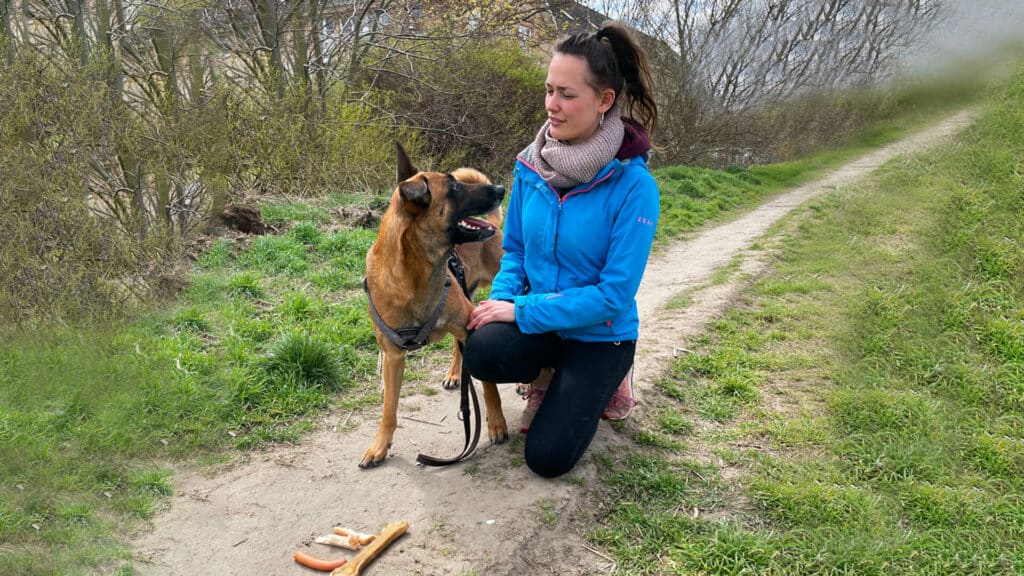Introduction
Training your pet is not just about teaching them tricks; it’s a fundamental aspect of responsible pet ownership that promotes harmony, safety, and a strong bond between you and your furry friend. Whether you’re welcoming a new puppy or kitten into your home or seeking to improve your pet’s behavior, these pets training tips will help you nurture a well-behaved and content companion.
The Importance of Pet Training
Training your pet has numerous benefits, both for you and your four-legged friend:
- Safety: Well-trained pets are less likely to engage in risky behaviors, reducing the chances of accidents or injuries.
- Communication: Training enables you to communicate effectively with your pet, fostering a deeper understanding between you.
- Behavioral Issues: Proper training can prevent or address common behavioral issues, such as excessive barking, aggression, or destructive behavior.
- Socialization: Training helps pets become well-adjusted and confident when interacting with people, other animals, and different environments.
- Bonding: The training process strengthens the bond between you and your pet, creating trust and mutual respect.
Now, let’s dive into some essential training tips for different types of pets.
Training Tips for Dogs
Dogs are known for their trainability and eagerness to please. Here are some tips for effective dog training:
- Positive Reinforcement: Use positive reinforcement techniques, such as treats, praise, and toys, to reward desired behaviors. This encourages your dog to repeat those behaviors.
- Consistency: Be consistent with your commands and expectations. Use the same words and gestures consistently to avoid confusion.
- Short Sessions: Keep training sessions short and focused, ideally no longer than 10-15 minutes at a time. Frequent short sessions are more effective than lengthy ones.
- Socialization: Expose your dog to different people, animals, and environments to build social skills and reduce fear or anxiety in new situations.
- Patience: Be patient and avoid punishment-based training methods, as they can damage the bond between you and your dog.
- Basic Commands: Teach essential commands like sit, stay, come, and heel. These commands improve safety and control.
- Professional Help: Consider enrolling in obedience classes or seeking the assistance of a professional dog trainer for more challenging issues.
Training Tips for Cats
Cats are independent creatures, but they can still benefit from training. Here are some cat training tips:
- Positive Reinforcement: Use treats, praise, and petting as rewards when your cat exhibits desirable behaviors, like using the litter box or scratching a scratching post.
- Litter Box Training: Gradually introduce your cat to the litter box and keep it clean. Cats have a natural instinct to bury their waste.
- Scratching Posts: Provide scratching posts to deter your cat from scratching furniture. Encourage use by placing them near favorite scratching spots.
- Interactive Play: Engage your cat in interactive play with toys like feather wands and laser pointers. This helps release excess energy and satisfies their hunting instincts.
- Clicker Training: Clicker training can be effective for teaching tricks and behaviors, associating the click with a reward.
- Patience: Be patient and understanding, as cats have their own pace. Never use physical punishment, as it can damage the trust between you and your cat.
Training Tips for Small Mammals
Small mammals like rabbits, guinea pigs, and hamsters can also benefit from training. Here’s how:
- Handling: Gradually introduce handling and petting to help your small mammal become comfortable with human contact.
- Training for Treats: Use treats as rewards for desired behaviors, such as coming to your hand or using a litter box.
- Toilet Training: Many small mammals can be toilet trained to use a designated area within their enclosure for waste.
- Obstacle Courses: Create small obstacle courses to encourage activity and mental stimulation.
- Gentle Correction: Use gentle corrections, such as a soft “no” sound, to discourage unwanted behaviors.
Training Tips for Birds
Birds are intelligent and can be trained for various behaviors. Here’s how to train your pet bird effectively:
- Positive Reinforcement: Use treats and praise to reward desired behaviors, like stepping onto your hand or talking on cue.
- Short Training Sessions: Keep training sessions short and engaging, as birds have short attention spans.
- Target Training: Teach your bird to touch a target stick or your finger for a treat. This can be used for training more complex tricks.
- Patience: Be patient and avoid punishment. Birds respond better to positive reinforcement.
Training Tips for Reptiles
Training reptiles is different from training mammals but can still be beneficial for handling and interaction. Here are some tips:
- Handling: Gradually introduce handling to your reptile to reduce stress and improve their comfort with human interaction.
- Positive Association: Associate handling with positive experiences, such as treats or exploring new environments.
- Respect Boundaries: Be aware of your reptile’s stress signals and respect their boundaries. Never force handling.
- Sensory Enrichment: Provide sensory enrichment through different textures, temperatures, and hiding spots in their enclosure.
- Feeding Routine: Maintain a consistent feeding routine to help your reptile become accustomed to your presence.
General Training Tips for All Pets
Regardless of the type of pet you have, these general training tips apply:
- Start Early: Begin training as early as possible, ideally when your pet is a puppy or kitten, but it’s never too late to start.
- Be Patient: Training takes time, and not all pets learn at the same pace. Be patient and celebrate small victories.
- Consistency: Maintain consistency in your training methods and expectations.
- Positive Reinforcement: Use positive reinforcement to encourage desired behaviors rather than punishment for unwanted ones.
- Health Check: Ensure your pet is in good health, as underlying medical issues can affect behavior.
- Professional Help: Don’t hesitate to seek professional help from trainers or veterinarians if you encounter challenging behavior issues.
Conclusion
Training your pet is a rewarding journey that enhances your pet’s well-being and strengthens the bond between you. Whether you have a dog, cat, small mammal, bird, or reptile, these training tips can help you nurture a happy, well-behaved, and content companion. Remember that patience, consistency, and positive reinforcement are key to successful training, and the journey is as valuable as the destination when it comes to building a loving and trusting relationship with your pet.


































